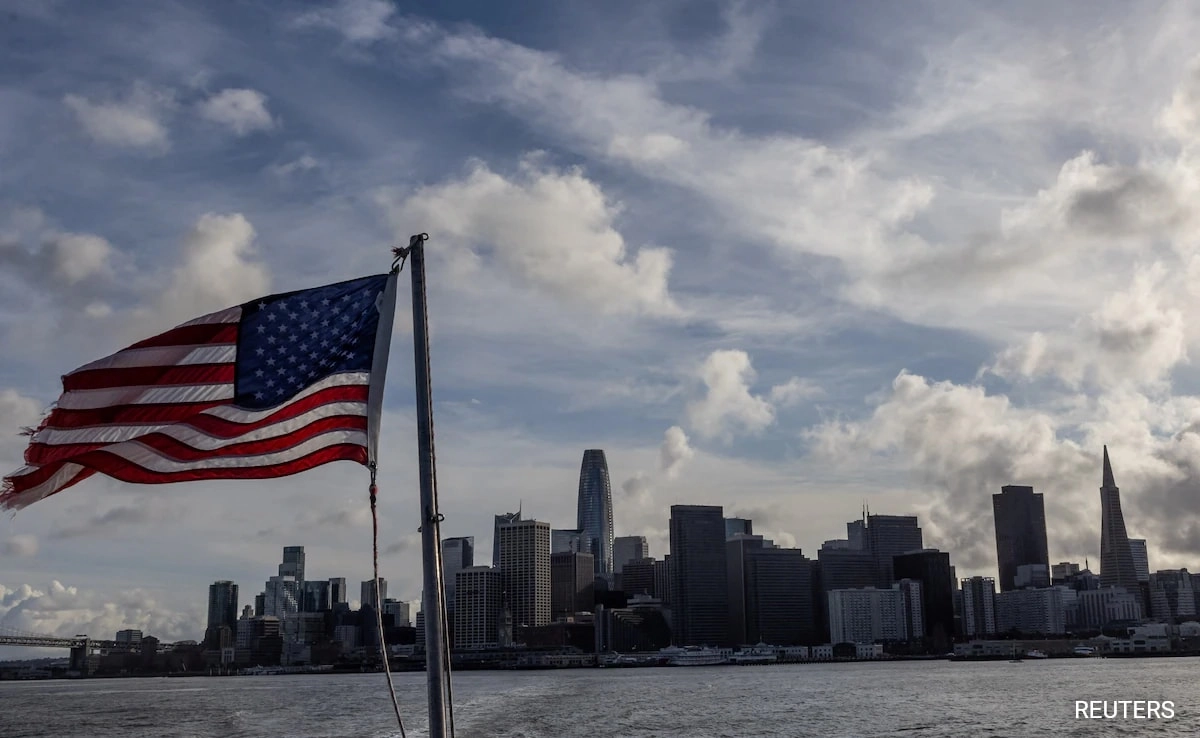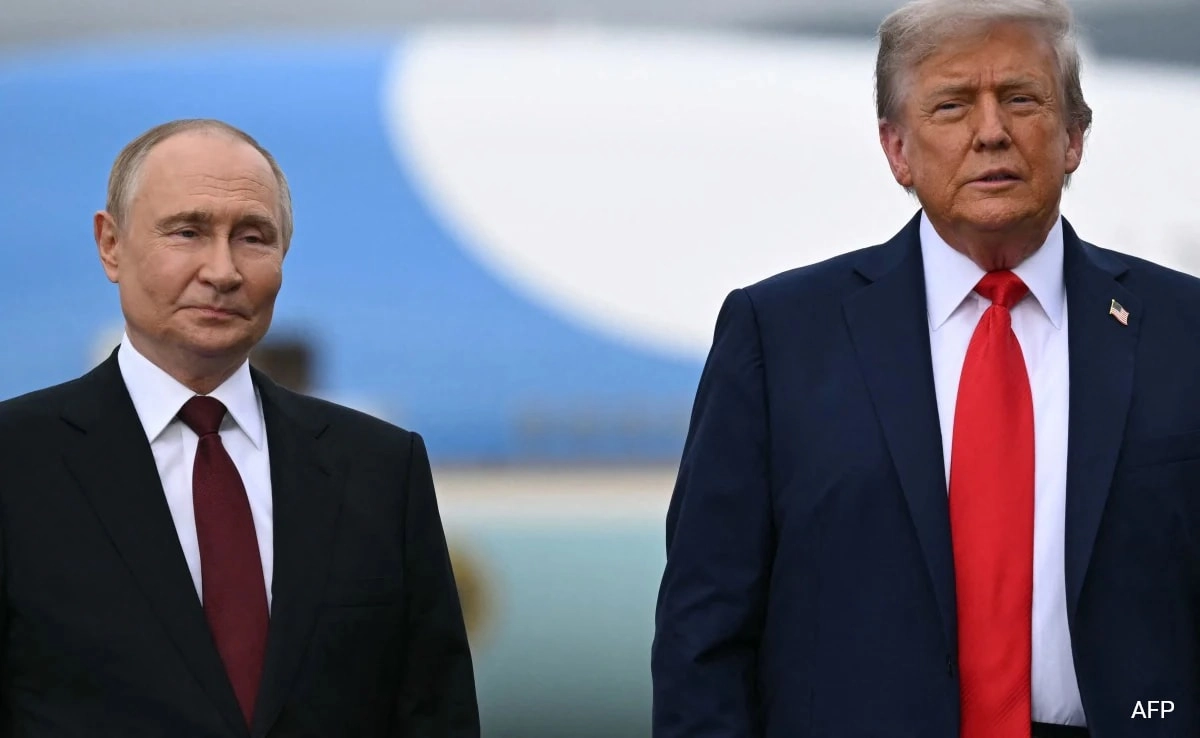The United States is currently experiencing a significant decline in the number of Indian students seeking visas to study in its educational institutions, with projections indicating a staggering drop of 70-80%. This alarming trend has been attributed to a combination of factors, including increasing visa processing delays, stringent regulations, and heightened scrutiny of applications. As the U.S. has traditionally been one of the most sought-after destinations for international students, particularly from India, this development poses serious concerns for American universities that rely heavily on the tuition and diversity that international students bring.
The visa crisis has created an atmosphere of uncertainty among prospective students and their families. Many applicants face extended waiting periods and complications that can deter them from pursuing their educational aspirations in the U.S. Additionally, the ongoing geopolitical tensions and concerns over the safety and acceptance of international students in American society further exacerbate the situation. The decline in enrollment from India, which has been one of the largest sources of international students in the U.S., could have long-lasting implications for various academic programs and the overall educational landscape.
Moreover, this trend is not only detrimental to U.S. institutions but also impacts the broader economy. International students contribute significantly to local economies through tuition fees, housing, and everyday expenditures. A reduction in this demographic could lead to decreased financial support for universities, resulting in budget cuts and potential layoffs of faculty and staff. The ripple effects may also extend to research initiatives and collaborations that benefit from the diverse perspectives and skills that international students bring to the academic environment.
To address these challenges, U.S. policymakers and educational institutions must work collaboratively to streamline the visa application process and improve communication with applicants. Initiatives aimed at reassuring prospective students about safety and inclusivity could also help in reversing this trend. Ultimately, fostering a welcoming and supportive environment for international students is crucial for maintaining the United States’ position as a premier destination for higher education. The future of American academia may depend on how effectively the nation can navigate this current crisis and adapt to the evolving landscape of global education.




